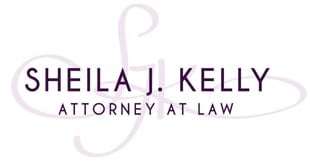Probate FAQs
What Is Probate?
Probate is the process of settling the estate of the deceased. A legally required procedure for an estate with over $50,000 in non-transferrable assets, probate consists of the following steps:
- Identification and inventory of the deceased’s property and assets
- Payment of any outstanding debts of the deceased
- Division of assets and property left outstanding, according to the deceased’s will
If there is no named representative, the court will determine one in accordance with Minnesota Law.
Probate begins by the representative filing an application with the probate court in the county where the deceased person lived or owned real property. Probate ends when all debts and taxes are paid and all assets are distributed. If there is disagreement over any aspect of the process, a probate judge resolves all differences.
Is Probate Necessary?
Probate law in Minnesota applies to the estates of people who were residents of Minnesota at the time of their death and others who own Minnesota property.
Having a will does not avoid probate. The need for probate depends on what property you own and how you own it. Unless real estate is owned in joint tenancy with right of survivorship, placed into a trust, or transferred using a transfer on death deed (TODD) it must be probated. If you are a resident of Minnesota and own real estate in another state at the time of your death, the probate laws of that state will apply to that real estate. In other words, real estate is probated in the state where it is located.
What Items Are Not Subject To Probate?
Some kinds of property and assets do not need to be probated. These include property owned as joint tenants, jointly held bank accounts, payable-on-death accounts, life insurance, IRAs, 401ks or any account with a designated beneficiary.
Joint Tenancy Property: Holding this type of title to property means that you and another person each have an undivided interest in the property. When one person dies, the other person files an affidavit of survivorship with a county recorder or registrar to officially transfer the property ownership.
Jointly Held Bank Accounts: As in joint tenancy of real property, it is possible for you and one or more people to be listed as account holders of the same financial account. If one of the joint account holders dies, the money is owned by the other joint account holders.
Payable-On-Death Accounts (PODs): This is an individually owned account in which a designated person receives the funds in your account upon your death.
Beneficiary Designations: Your life insurance policy, IRA, 401k, etc. can indicate a specific person, called a “beneficiary,” who will automatically receive these proceeds from the account when you die.
One cautionary note on beneficiary designations or payable on death accounts. These designations must be kept updated to reflect any change in family or circumstances.
How Do I Probate An Estate?
The personal representative starts a probate proceeding by filing an application or petition with the probate court in the county where the deceased person lived at the time of their death. Probate proceedings in Minnesota may be either formal or informal, and generally must be initiated within three years after the decedent’s death. If more than three years have passed, then heirs may petition the court for a decree of descent to establish title to real estate.
